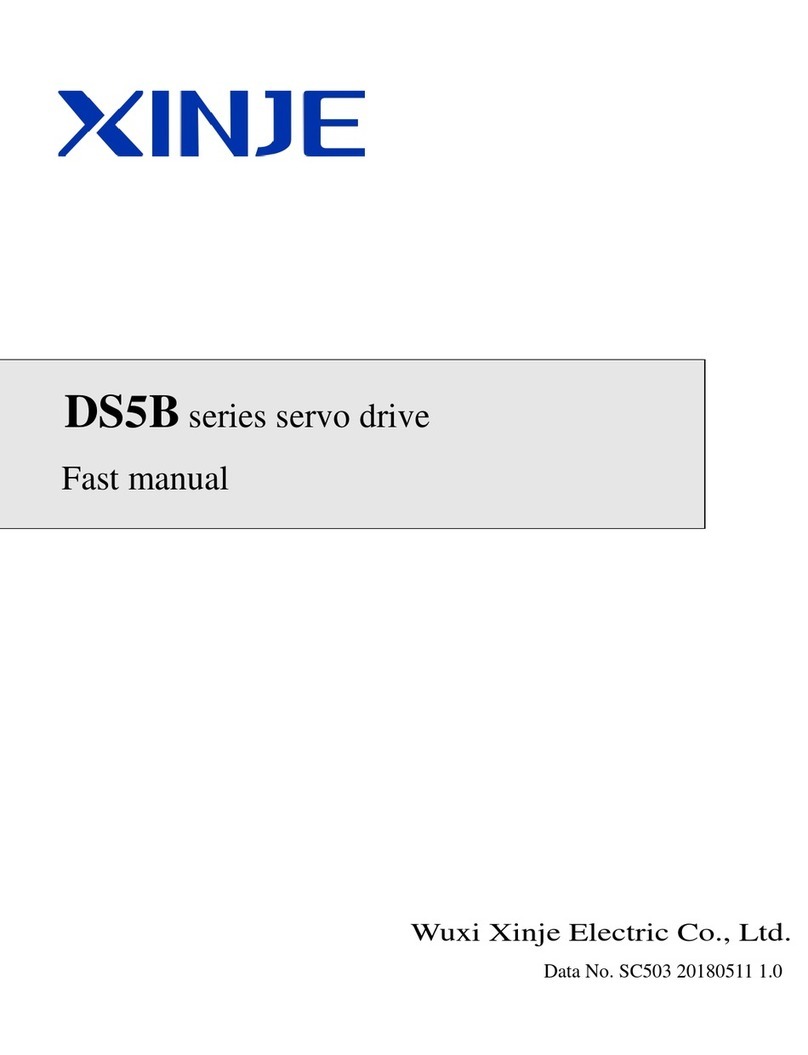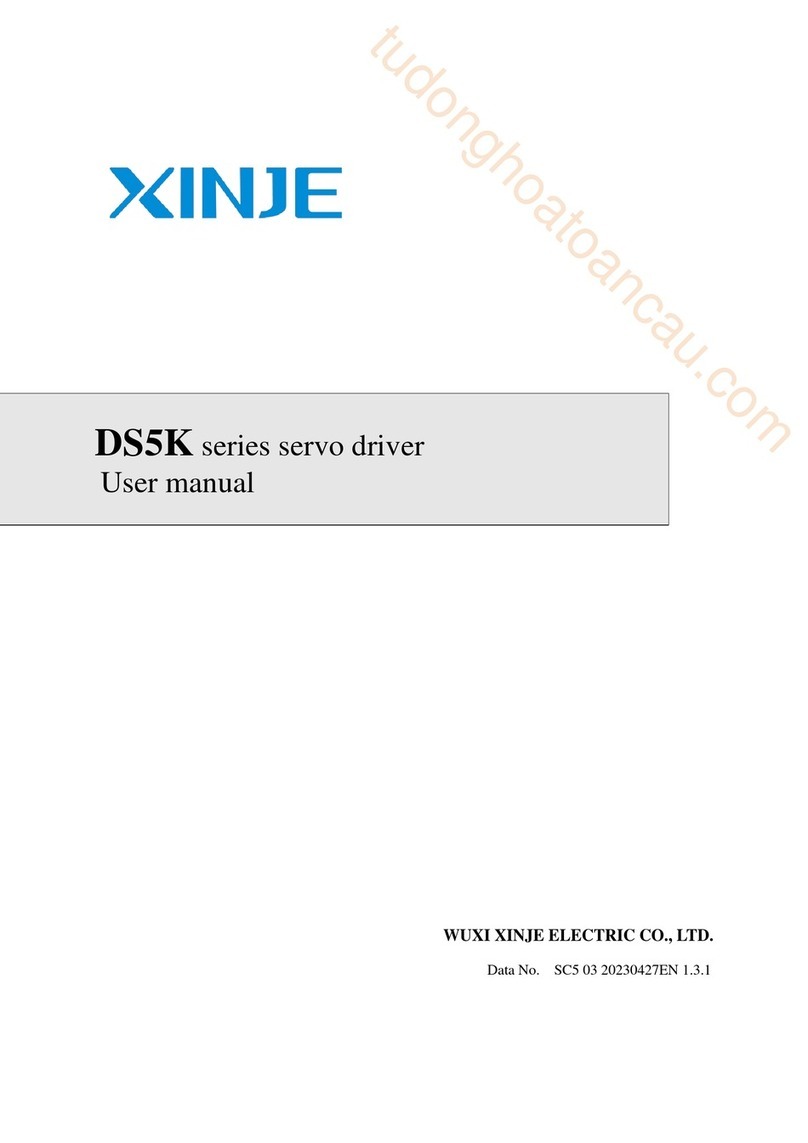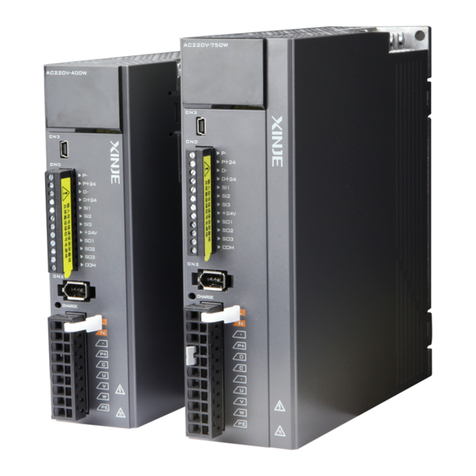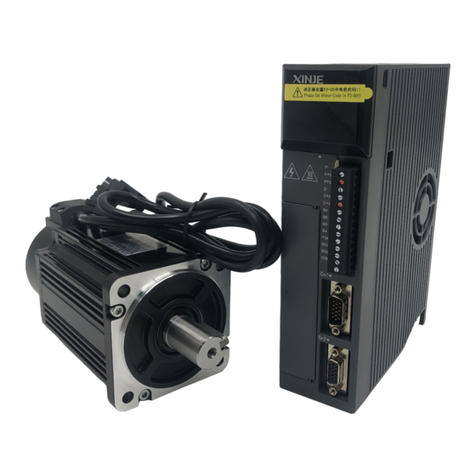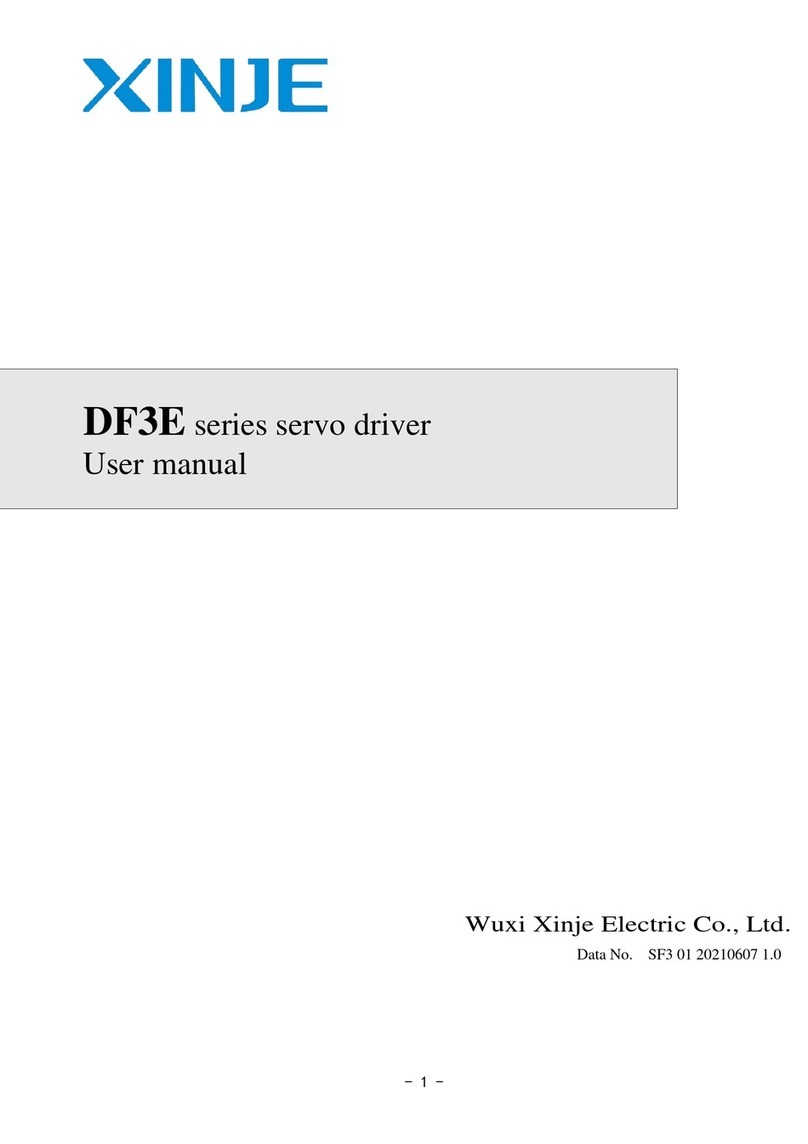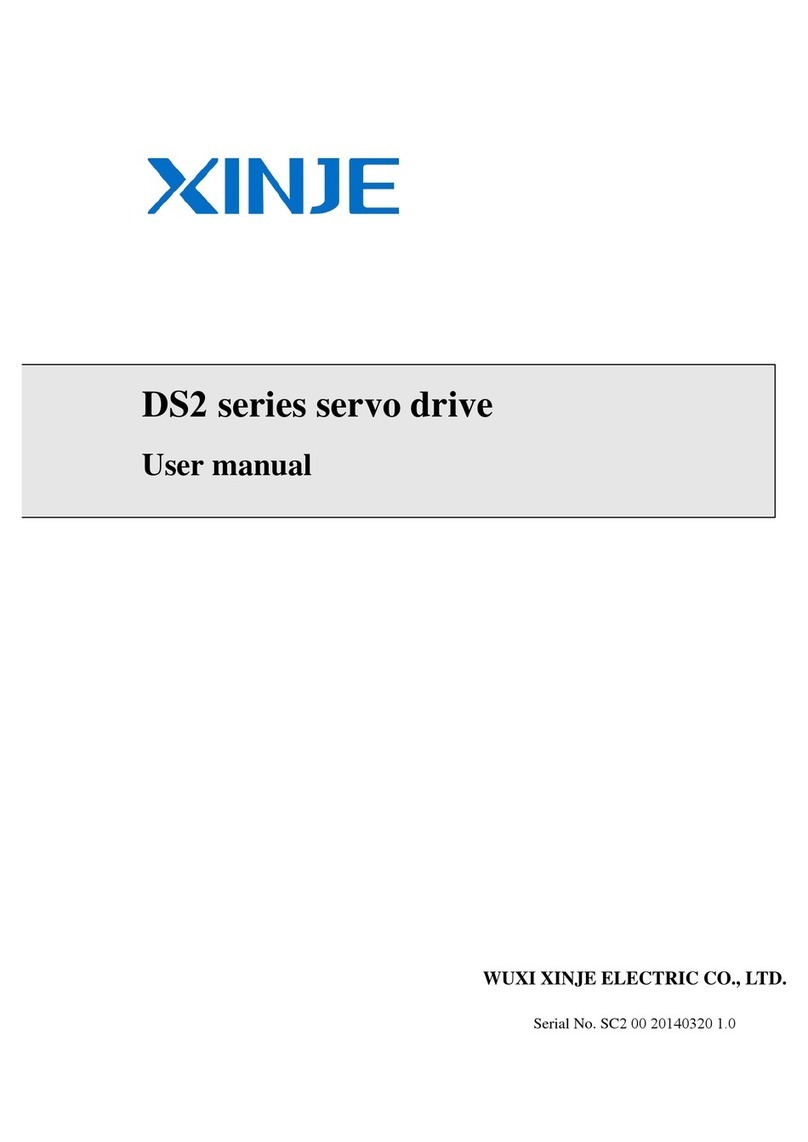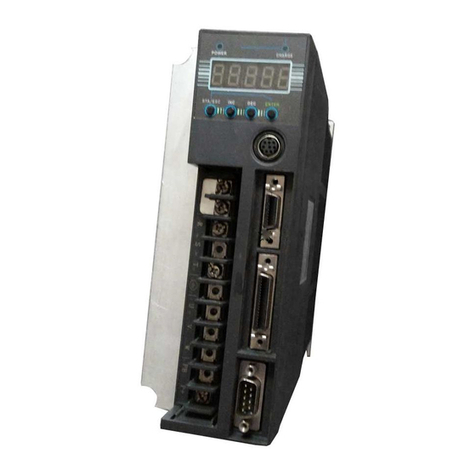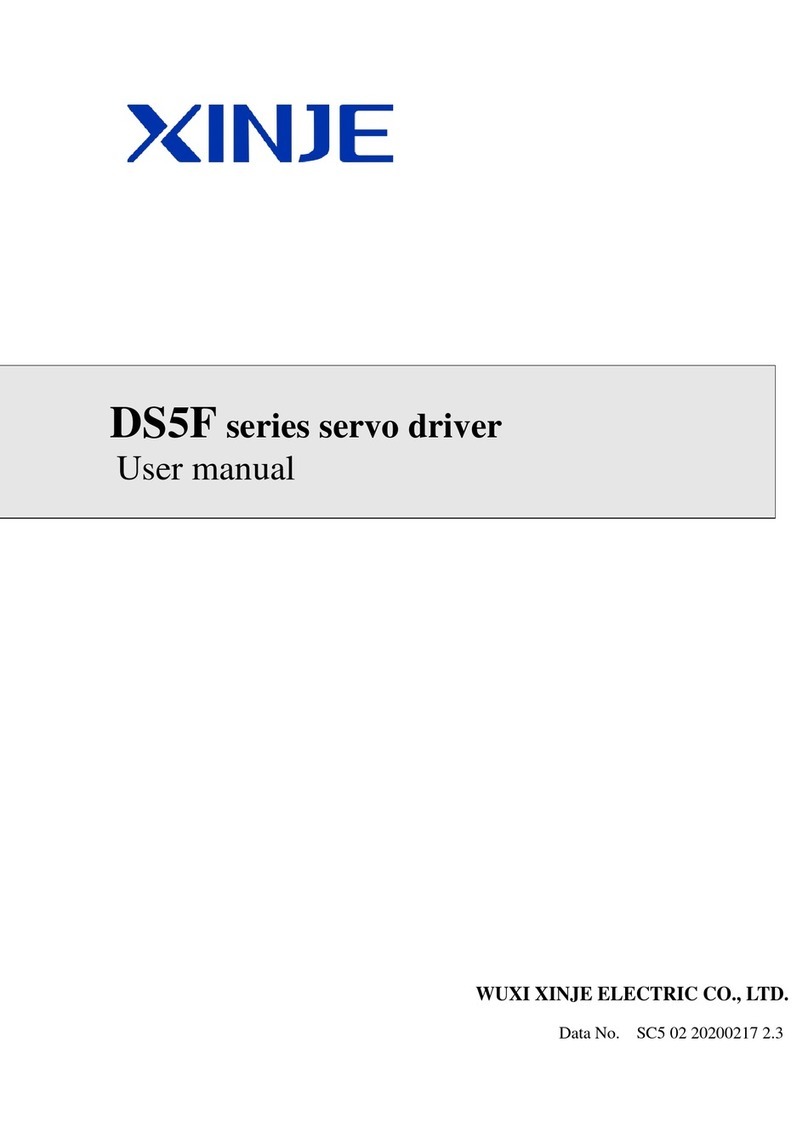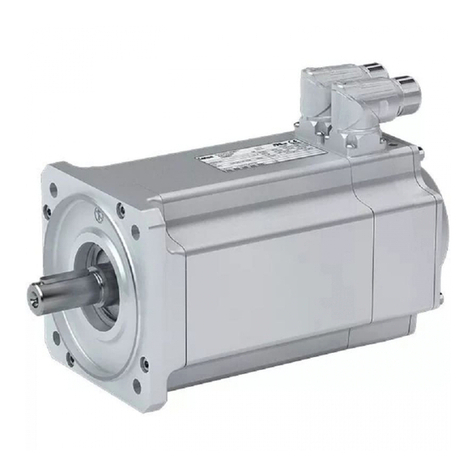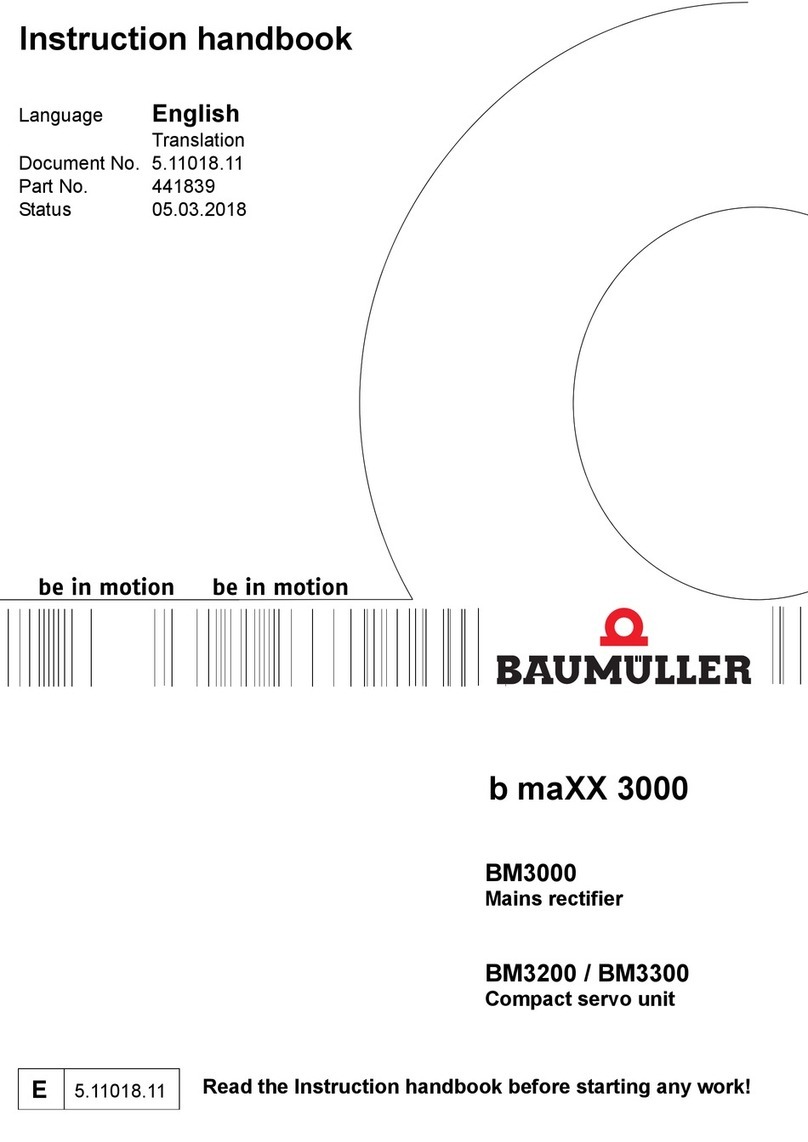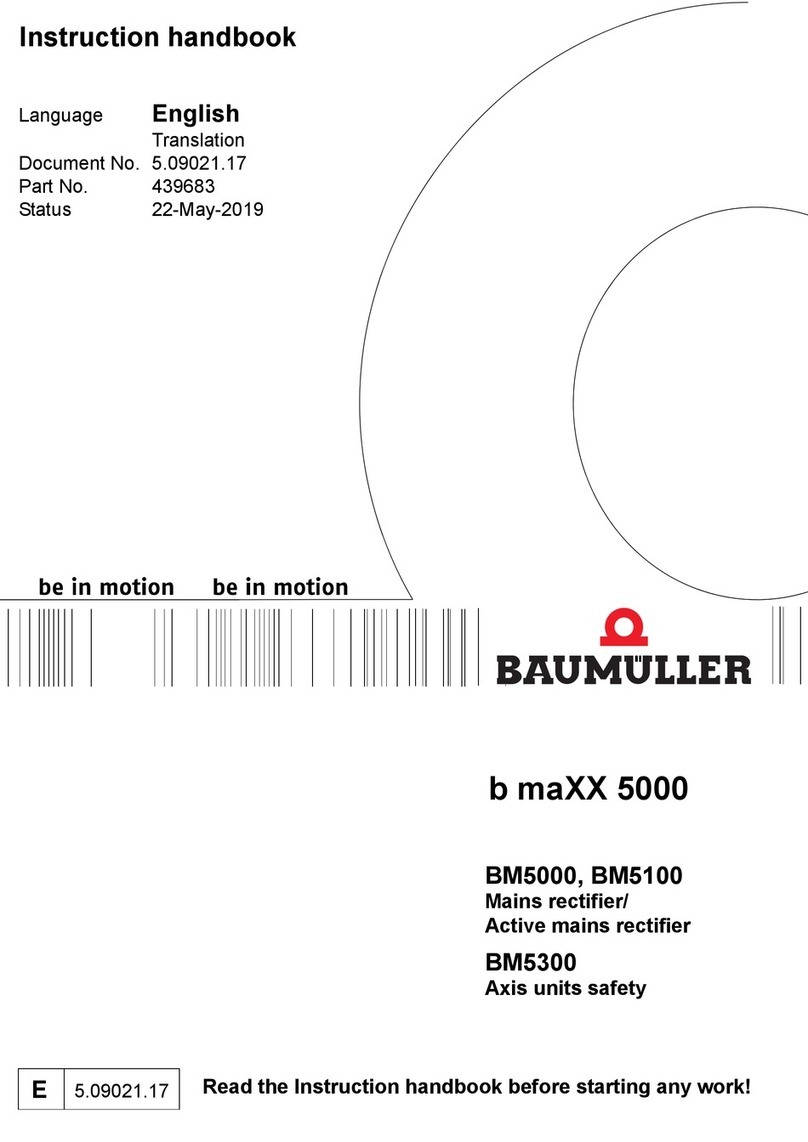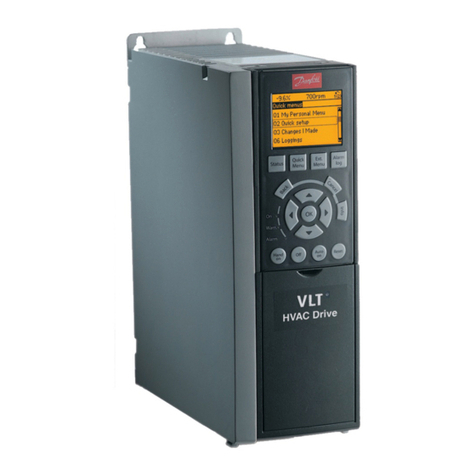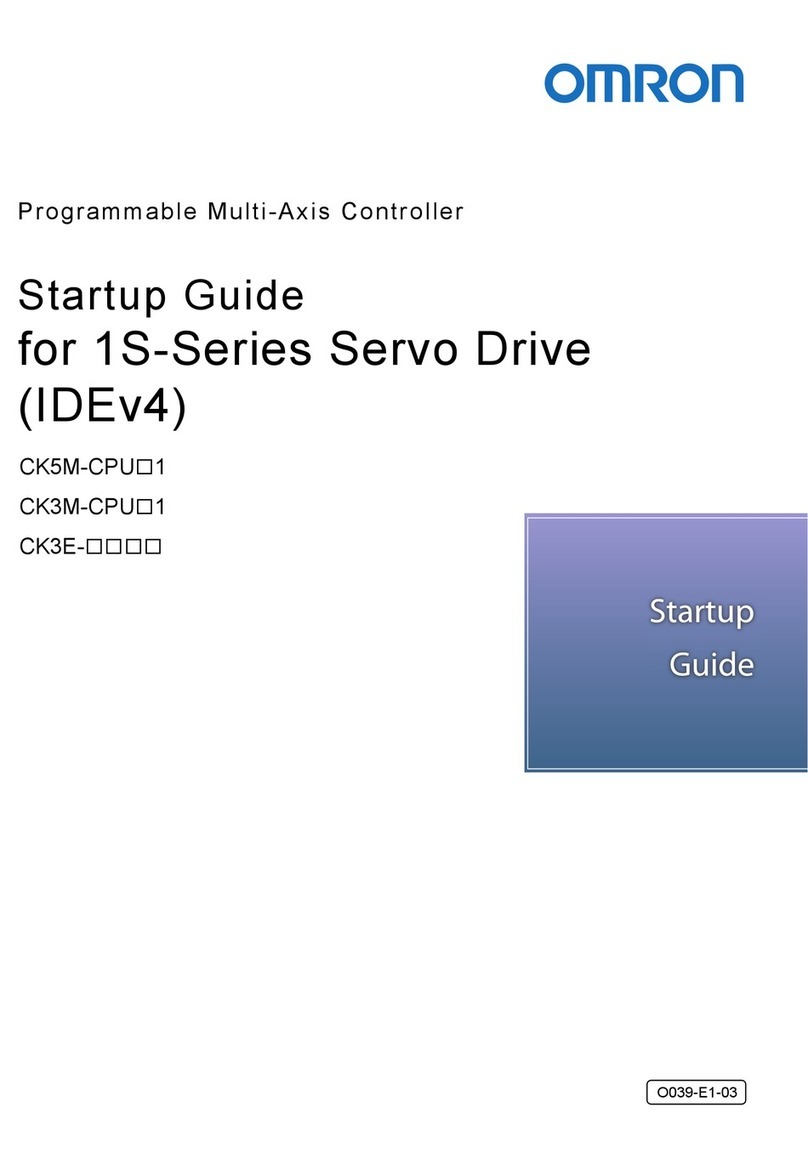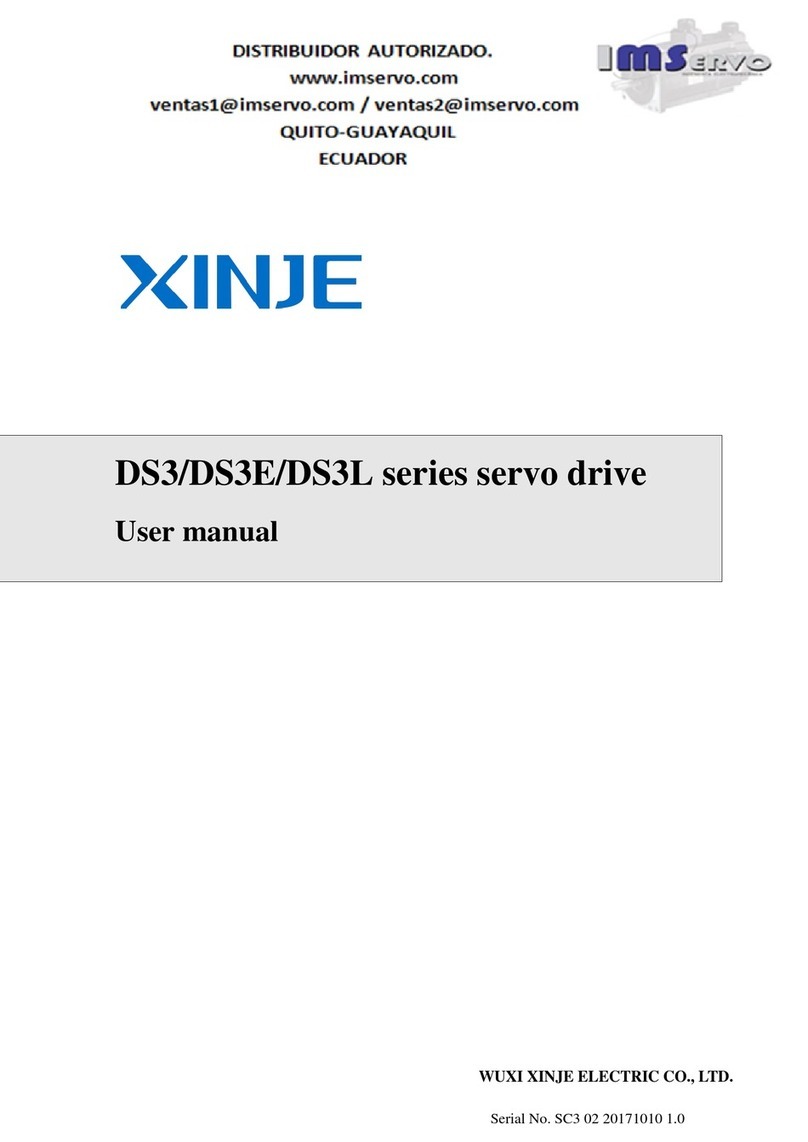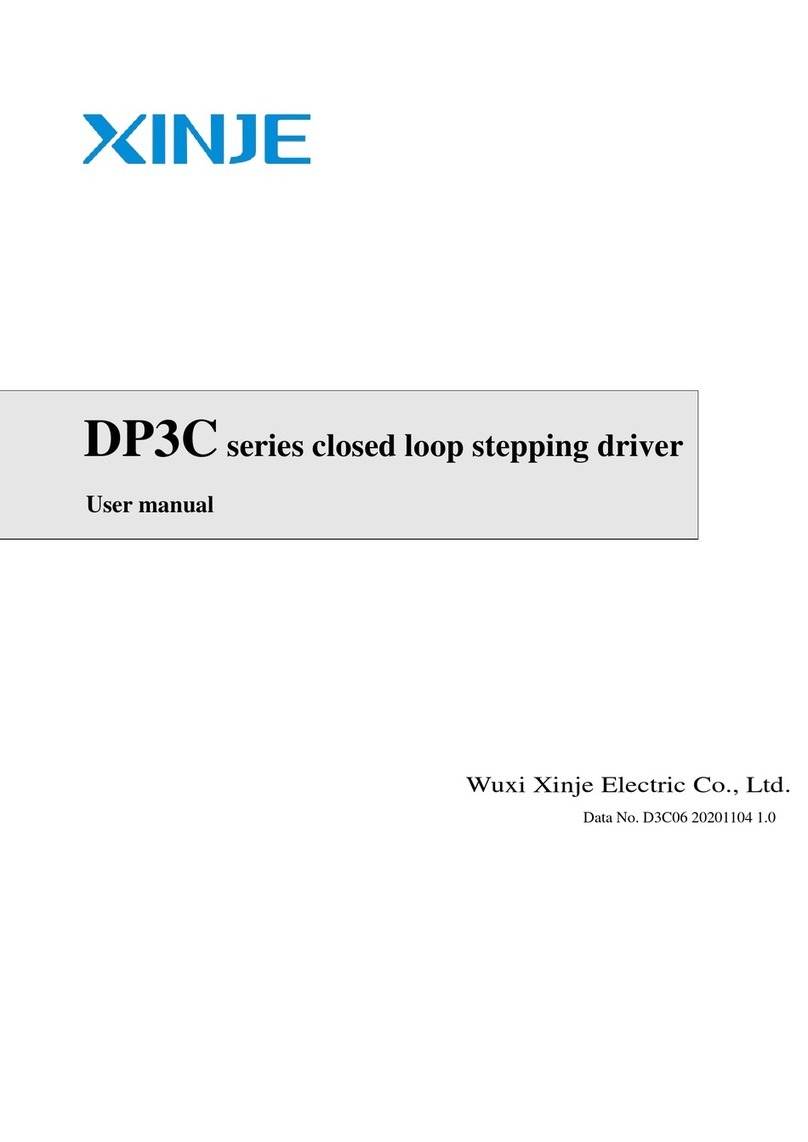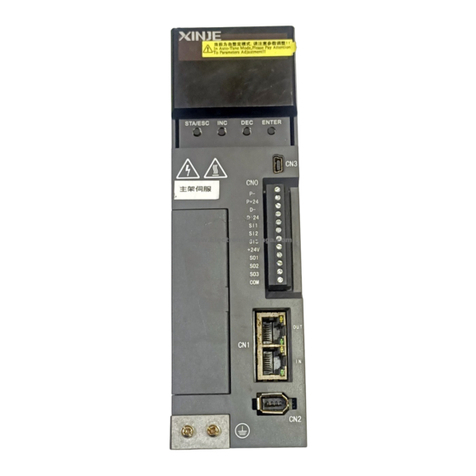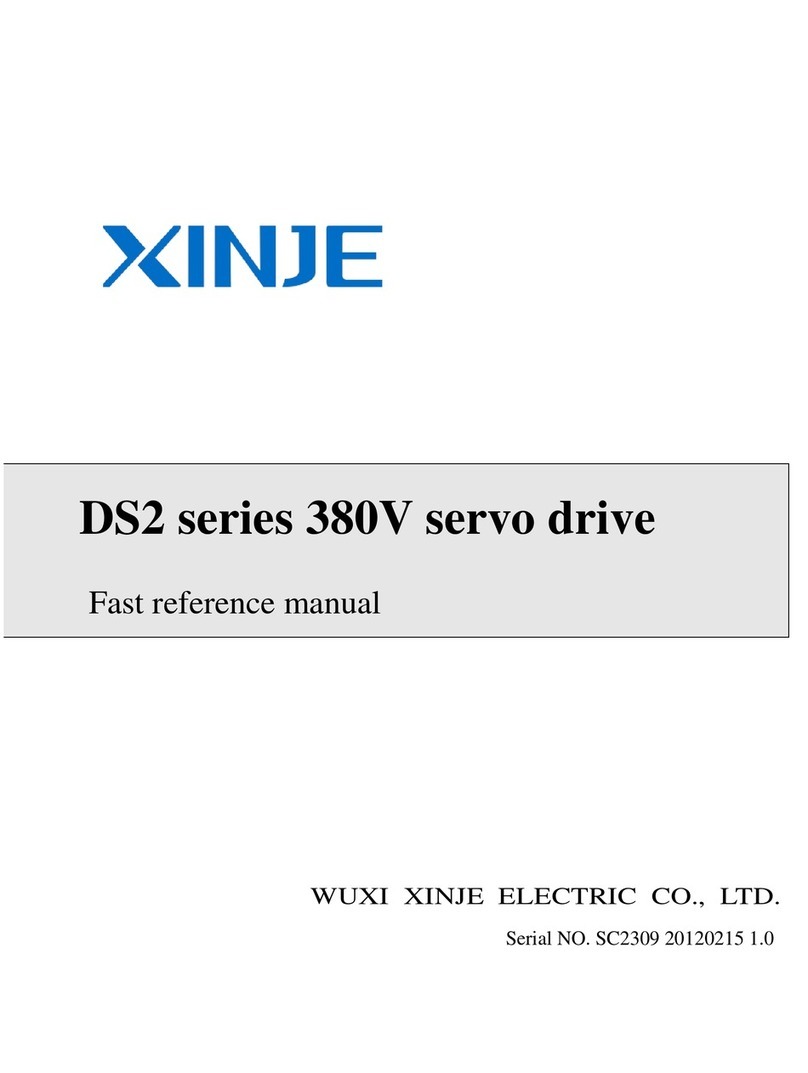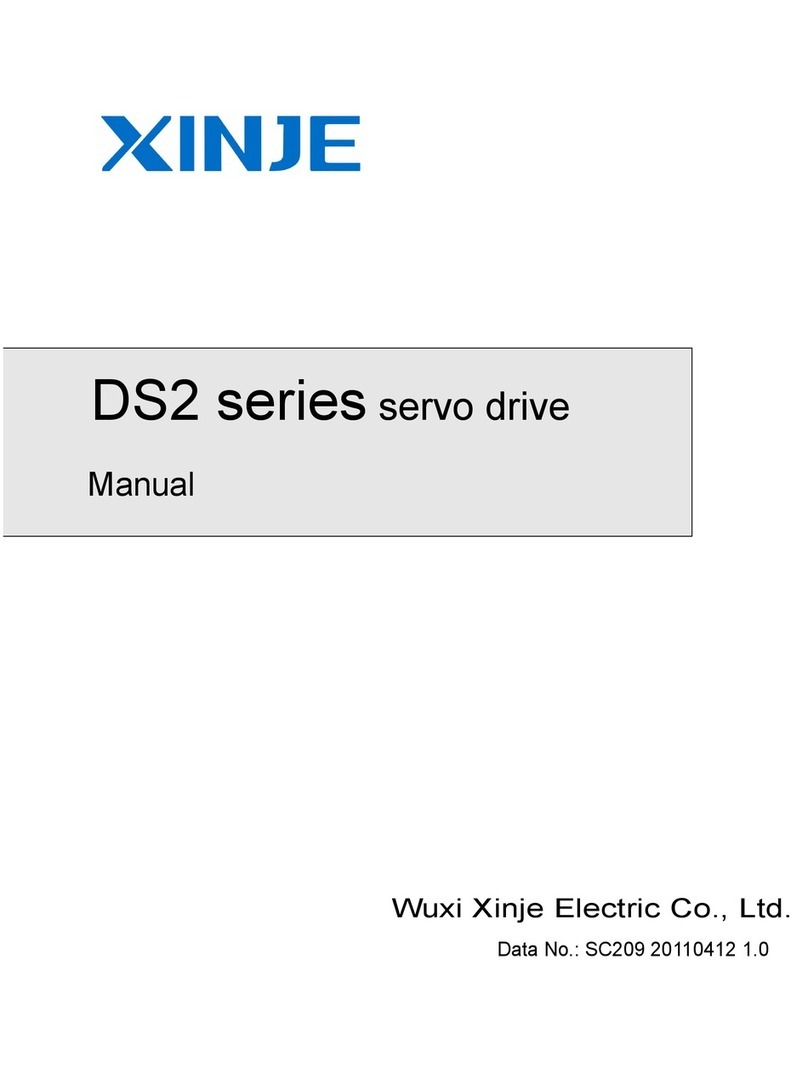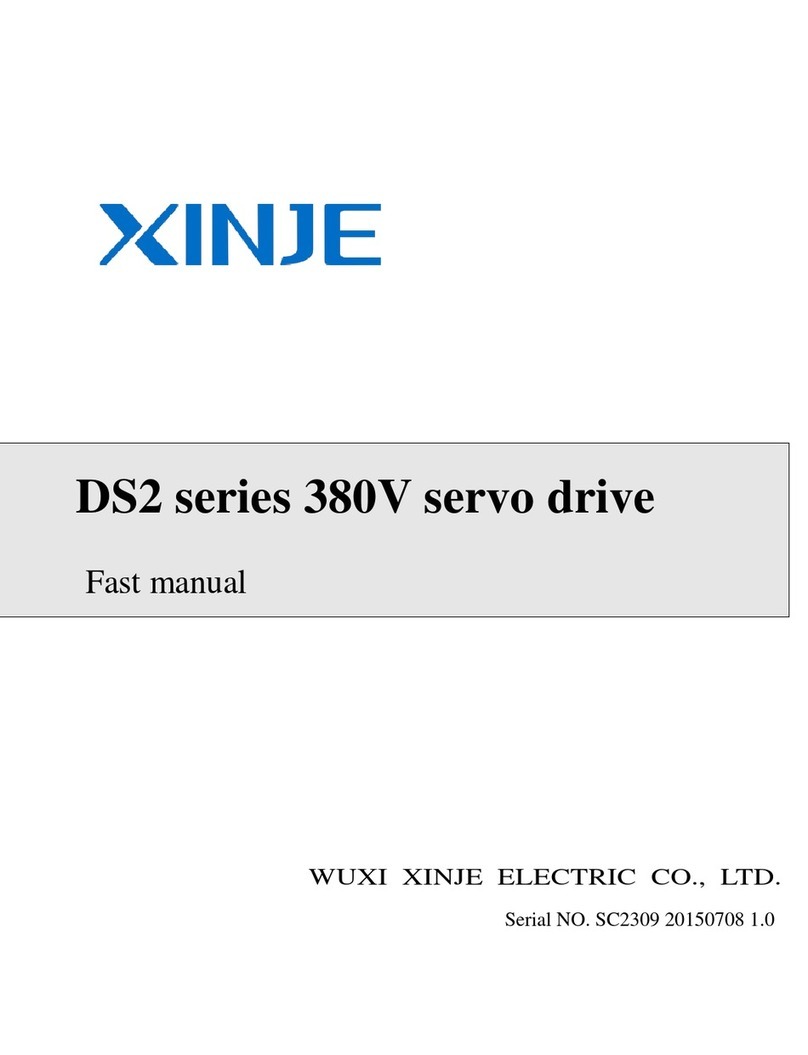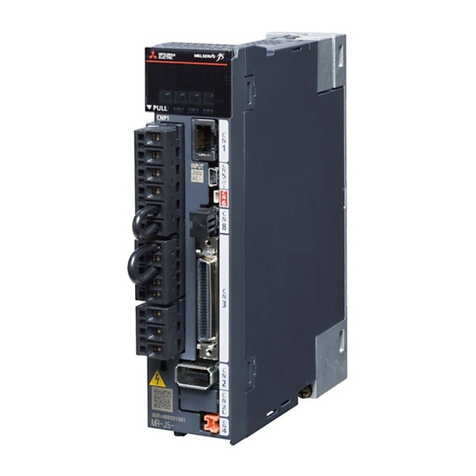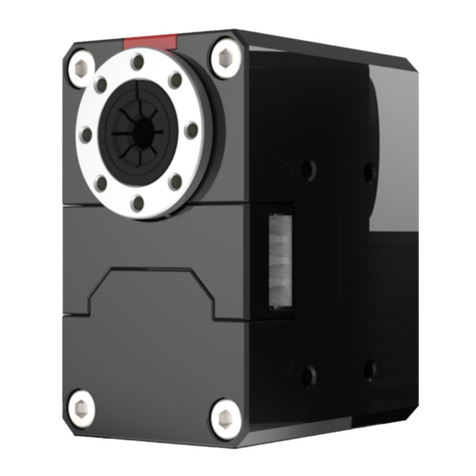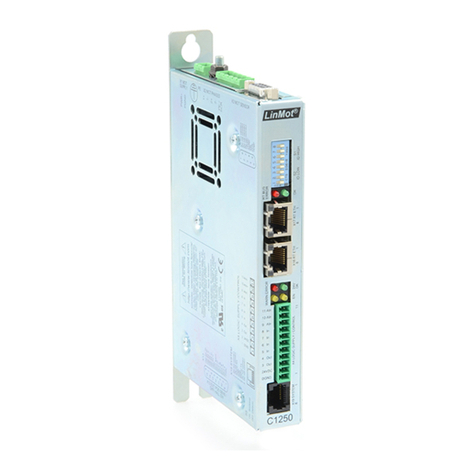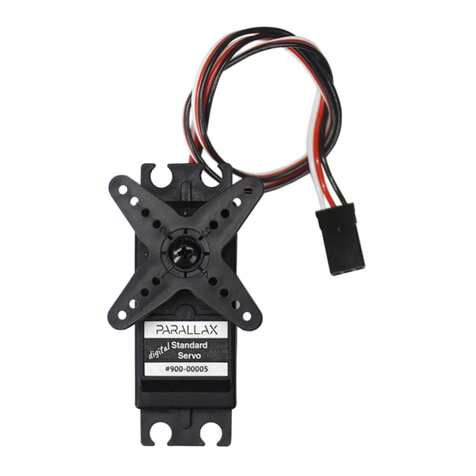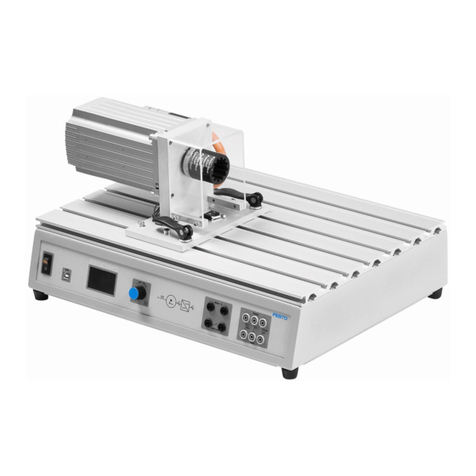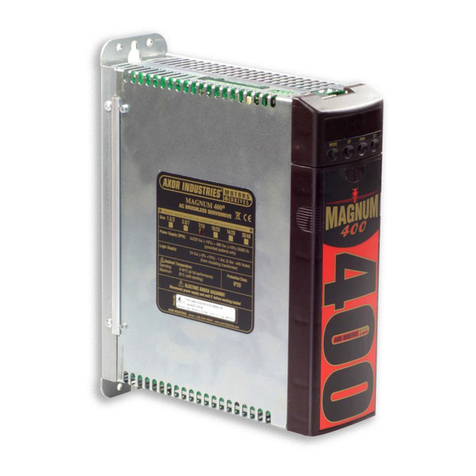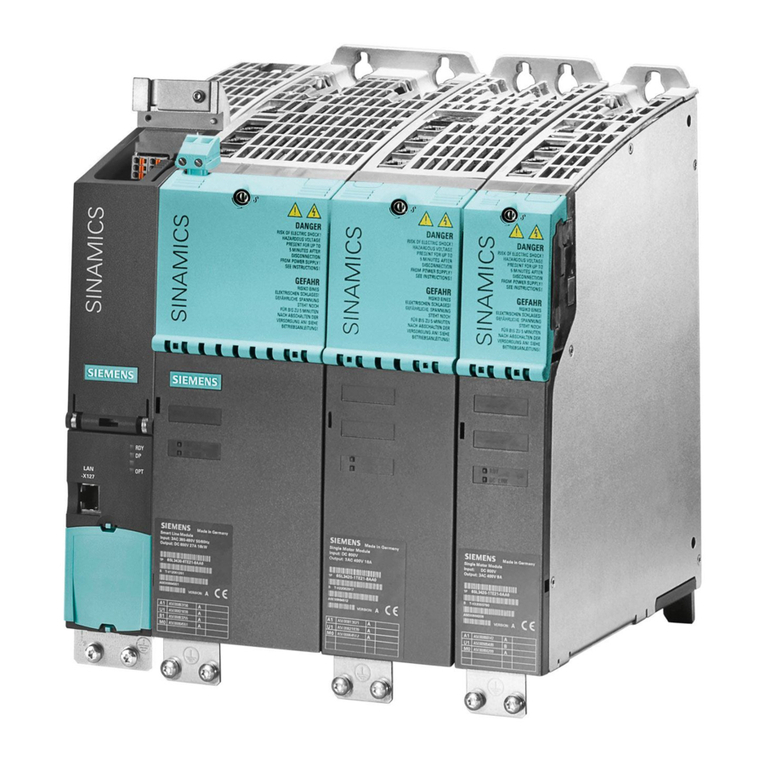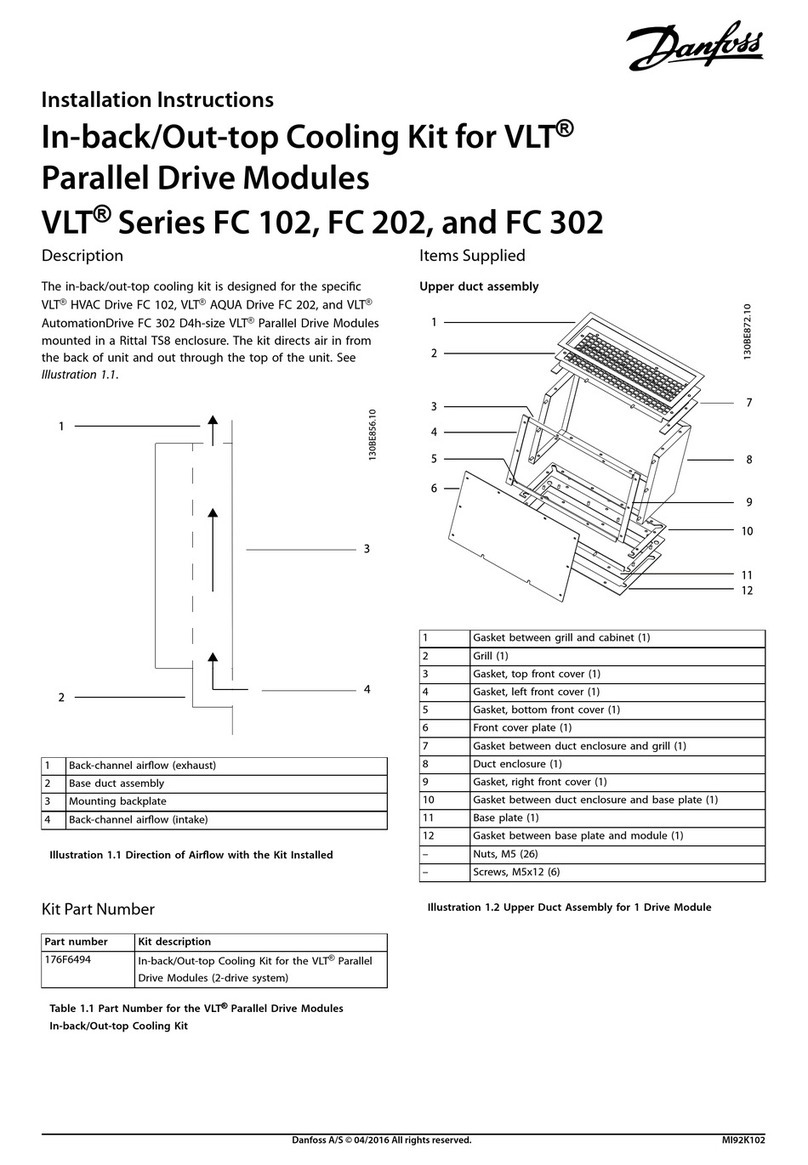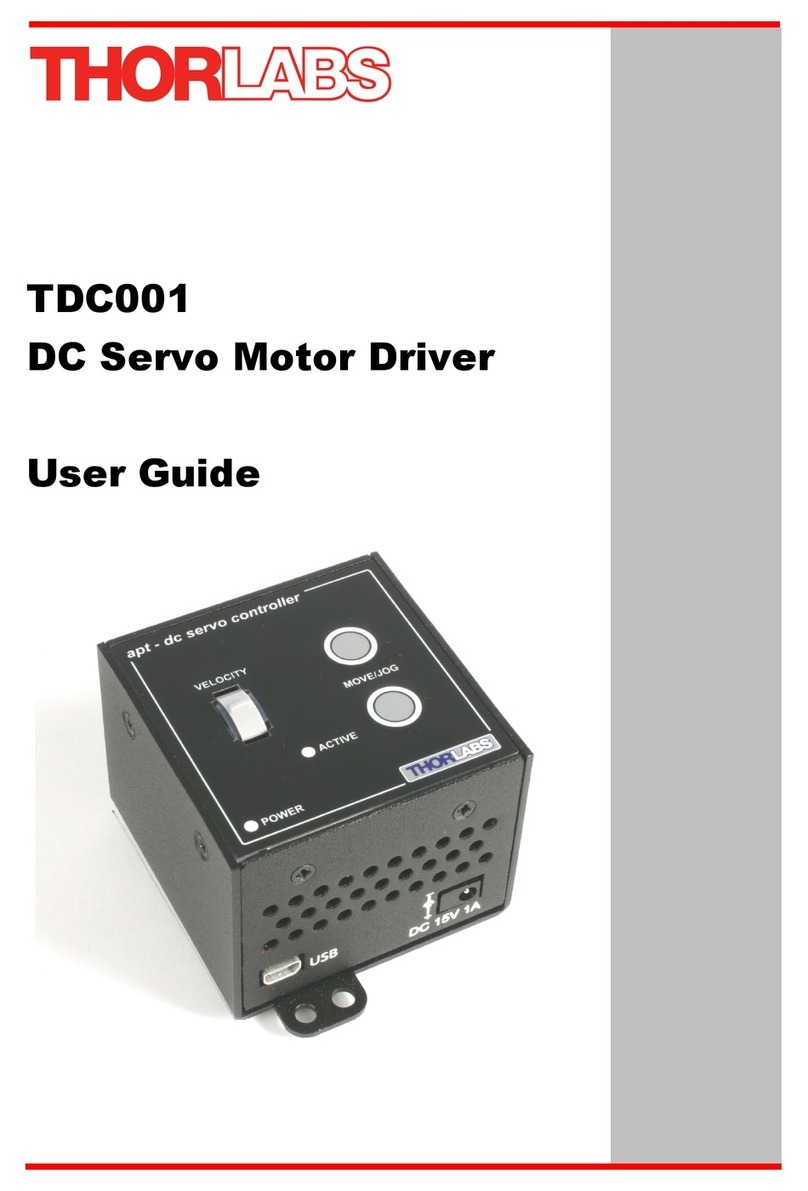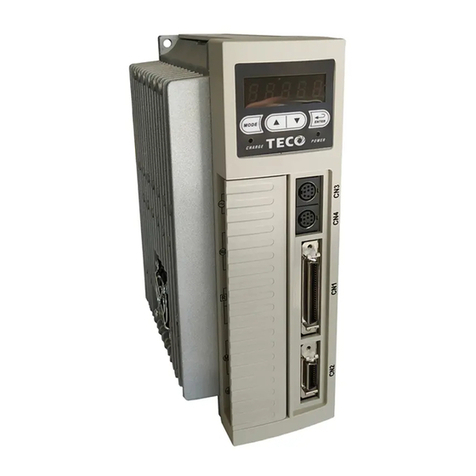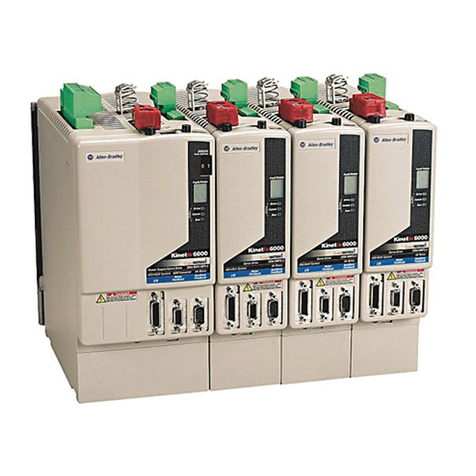
- 3 -
5.12.2 Warn output(/WARN)............................................................................................81
5.12.3 Rotating detection output(/TGON).........................................................................82
5.12.4 Servo ready output(/S-RDY)..................................................................................83
5.12.5 Encoder Z phase output(/Z)....................................................................................83
5.12.6 User-defined output signal...........................................................................................84
5.12.7 I/O signal distribution ..................................................................................................86
5.12.8 Input SI filter time........................................................................................................86
6 Servo gain adjustment..........................................................................................................................88
6.1 Overview of servo gain adjustment....................................................................................................................88
6.1.1 Overview and process....................................................................................................88
6.1.2 The Difference of these adjustment modes....................................................................89
6.1.3 Model loop gain .............................................................................................................89
6.1.4 Torque disturbance observation .....................................................................................90
6.2 Adaptive.............................................................................................................................................................91
6.2.1 Overview........................................................................................................................91
6.2.2 Notes..............................................................................................................................91
6.2.3 Operation steps...............................................................................................................91
6.2.4 Inertia mode ...................................................................................................................91
6.2.5 Recommended inertia ratio parameters..........................................................................92
6.2.6 Adaptive parameters effect.............................................................................................92
6.2.7 Invalid parameters when adaptive effective...................................................................93
6.3 Rotary inertia presumption.................................................................................................................................94
6.3.1 Overview........................................................................................................................94
6.3.2 Notes..............................................................................................................................94
6.3.3 Operation tool ................................................................................................................94
6.3.4 Operation steps...............................................................................................................95
6.4 Fast adjustment...................................................................................................................................................99
6.4.1 Overview........................................................................................................................99
6.4.2 Fast adjustment steps......................................................................................................99
6.4.3 Rigidity level corresponding gain parameters................................................................99
6.4.4 Notes............................................................................................................................102
6.5 Auto-tuning......................................................................................................................................................102
6.5.1 Overview......................................................................................................................102
6.5.2 Notes............................................................................................................................102
6.5.3 Operation tools.............................................................................................................103
6.5.4 Internal instruction auto-tuning steps...........................................................................103
6.5.5 External instruction auto-tuning steps..........................................................................107
6.5.6 Related parameters.......................................................................................................112
6.6 Manual adjustment...........................................................................................................................................113
6.6.1 Overview......................................................................................................................113
6.6.2 Adjustment steps..........................................................................................................114
6.6.3 Gain parameters for adjustment ...................................................................................114
6.7 Vibration suppression.......................................................................................................................................116
6.7.1 Overview......................................................................................................................116
6.7.2 Operation tools.............................................................................................................116
6.7.3 Vibration Suppression (Panel) .....................................................................................116
6.7.3 Vibration suppression(panel).......................................................................................116
6.7.4 Vibration suppression (PC software) ...........................................................................117
6.7.5 Vibration suppression (manual setting)........................................................................118
6.7.6 Notch filter...................................................................................................................118
6.8 Gain adjustment correlation .............................................................................................................................120
6.8.1 Load shaking................................................................................................................120
6.8.2 Vibration ......................................................................................................................121
6.8.3 Noise............................................................................................................................121
7 Alarm.................................................................................................................................................121
7.1 Alarm code list .................................................................................................................................................121
7.2 Analysis of alarm types ....................................................................................................................................123
8 Appendix............................................................................................................................................131
Appendix 1. PX-XX parameters list.......................................................................................................................131
Appendix 2. UX-XX monitoring parameters .........................................................................................................148
Appendix 3. FX-XX auxiliary function parameters ...............................................................................................151
Appendix 4. Modbus address list ...........................................................................................................................151
